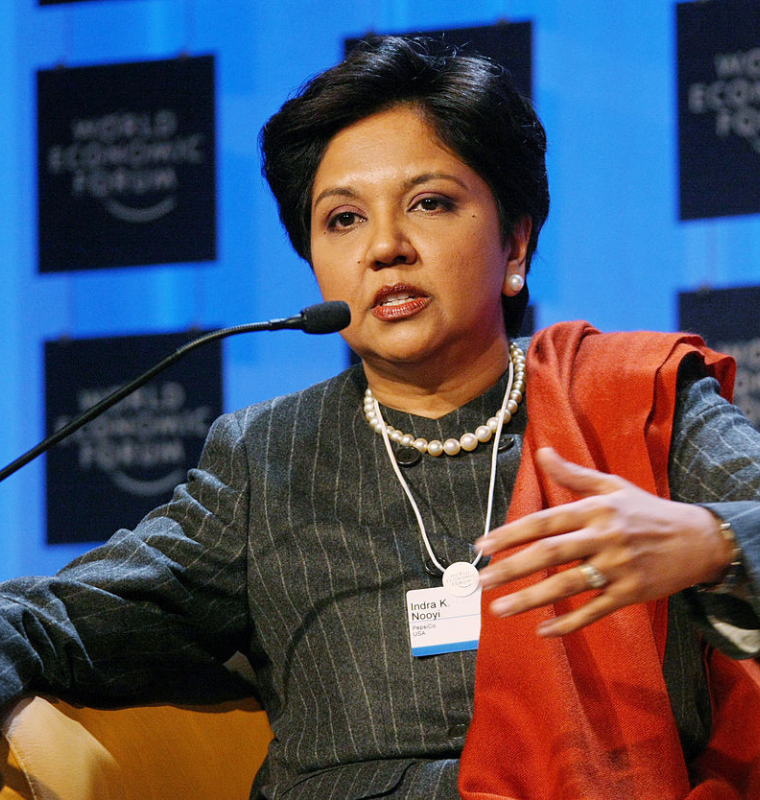US-EU Trade Talks on the Brink as Key Disputes Threaten Deal Before Tariffs Return
US-EU Trade Talks on the Brink as Key Disputes Threaten Deal Before Tariffs Return
By
Rachel Steinberg
Last updated:
June 18, 2025
First Published:
August 3, 2025

Countdown to Deadlock: US-EU Trade Negotiations Face High Stakes
Time is running out for the United States and the European Union to reach a new trade agreement. Unless a breakthrough is achieved before July 9, steep reciprocal tariffs — reaching as high as 50% on EU exports — will automatically snap back into force, putting immense strain on one of the world’s most valuable trading partnerships, worth approximately 1.68 trillion euros ($1.93 trillion) as of 2024.
Despite months of dialogue, negotiations remain stalled, with several deep-rooted issues blocking any resolution. President Donald Trump’s blunt remarks this week underscored the impasse: “We’re talking, but I don’t feel that they’re offering a fair deal yet,” he said, tempering hopes of an imminent breakthrough.
So what exactly is holding up the deal between two of the world’s largest economic powers?
Big Tech Regulation: Clash of Governance Philosophies
A major flashpoint revolves around Europe’s increasingly stringent regulations on Big Tech. Over recent years, the EU has implemented landmark policies targeting digital transparency, data privacy, content moderation, and competition. These sweeping regulations directly affect American tech giants such as Apple, Google, Meta, and Amazon, whose business models often conflict with European legal frameworks.
“Trump’s administration actively seeks to use trade negotiations as leverage to weaken Europe’s regulatory environment for digital platforms,” said Alberto Rizzi, policy fellow at the European Council on Foreign Relations. But from the EU’s perspective, such interference strikes at the heart of its sovereignty and commitment to combating misinformation and hate speech.
Philip Luck of the Center for Strategic and International Studies (CSIS) added that while limited concessions might be possible, “the two sides have not even reached that level of discussion yet.”
Taxation: A Battle Over Value-Added Tax (VAT) and Fairness
Another fundamental disagreement centers on taxation. Trump and his administration view Europe’s value-added tax (VAT) — which applies equally to domestic and imported goods — as a trade distortion. The US, which does not implement VAT, claims this system unfairly disadvantages American exporters.
However, the EU firmly rejects this characterization. “For Europeans, VAT is purely a domestic tax that does not discriminate between local or foreign producers,” Rizzi explained. “Taxation is a non-negotiable red line for the EU in any trade discussion.”
The US insists that tariffs help offset what it sees as Europe’s unfair taxation structure, while the EU maintains taxation should remain entirely separate from trade agreements.
Negotiation Deadlock: Mismatched Worldviews and Trust Deficit
Beyond specific policy differences, the two sides are grappling with a more fundamental divergence in how they approach negotiations. Jacob Kirkegaard of the Peterson Institute for International Economics bluntly summarized: “There’s really only one sticking point: Trump wants tariffs on the EU, and the EU refuses to accept them.”
Unlike traditional trade talks that involve reciprocal concessions, this US administration approaches negotiations with a zero-sum mindset — seeking maximum concessions without equivalent compromise. As CSIS’s Luck described: “This administration views trade as a tool to extract benefits for the US. The EU sees trade as a balanced exchange where both sides give and receive.”
This fundamental misalignment has made even simple proposals, like the EU’s offer for zero-for-zero tariff elimination, unpalatable to the Trump White House.
European leaders, facing mounting domestic political pressures, are unwilling to be seen as making repeated concessions to Washington. “European policymakers consider themselves equal partners to the US,” Luck added. “They’re not going to cave to a series of one-sided demands.”
Possible Outcomes: Narrow Deals or Escalation?
While some observers still see room for narrowly tailored agreements targeting specific sectors — such as limited exemptions on certain goods or adjusted quotas — the prospect of a comprehensive trade deal remains slim.
“I’m skeptical that a broad deal is possible at this stage,” said Kirkegaard, who also serves as a senior fellow at Bruegel, a leading European think tank. “More likely, tariffs snap back into place, triggering retaliation from the EU, followed by additional US responses, similar to the escalation we saw during the US-China trade war.”
Luck suggested that at most, the EU might agree to retain the current 10% tariff level to avoid more severe economic damage, but only under intense pressure. “The EU may accept a small concession not because it believes it’s fair, but because it may have no choice,” he added.
Rizzi echoed the possibility of a highly limited, sector-specific deal as a temporary off-ramp, but stressed that “there’s no evidence a broad agreement is within reach.”
A Deal Possible Only After Economic Pain?
If both sides remain entrenched, some analysts believe that significant economic fallout may be required before either party becomes motivated to compromise. As Kirkegaard warned, “De-escalation may only occur once both sides start feeling substantial economic pain — potentially a very high threshold.”
The failure to secure a deal could rattle global supply chains, disrupt investment flows, and spark volatility in financial markets. With businesses on both sides of the Atlantic already facing inflationary pressures and slowing growth, the stakes are rising sharply as the July deadline looms.
Popular articles
Subscribe to unlock premium content
Indra Nooyi’s Strategic Vision at PepsiCo: Balancing Profitability with Purpose

Nike’s Direct-to-Consumer Revolution: How Cutting Retailers Boosted Profits and Control

Spotifys Playlist Power Turning Music Curation Into An Advertising Goldmine

Indra Nooyi’s Strategic Vision at PepsiCo: Balancing Profitability with Purpose

Nike’s Direct-to-Consumer Revolution: How Cutting Retailers Boosted Profits and Control

Indra Nooyi’s Strategic Vision at PepsiCo: Balancing Profitability with Purpose









